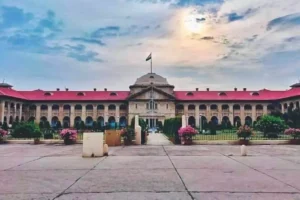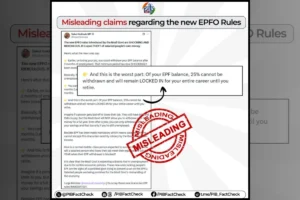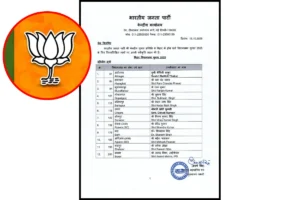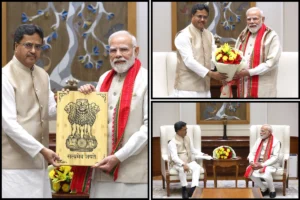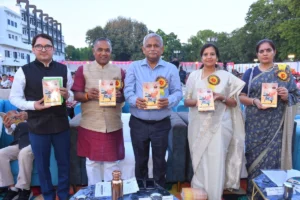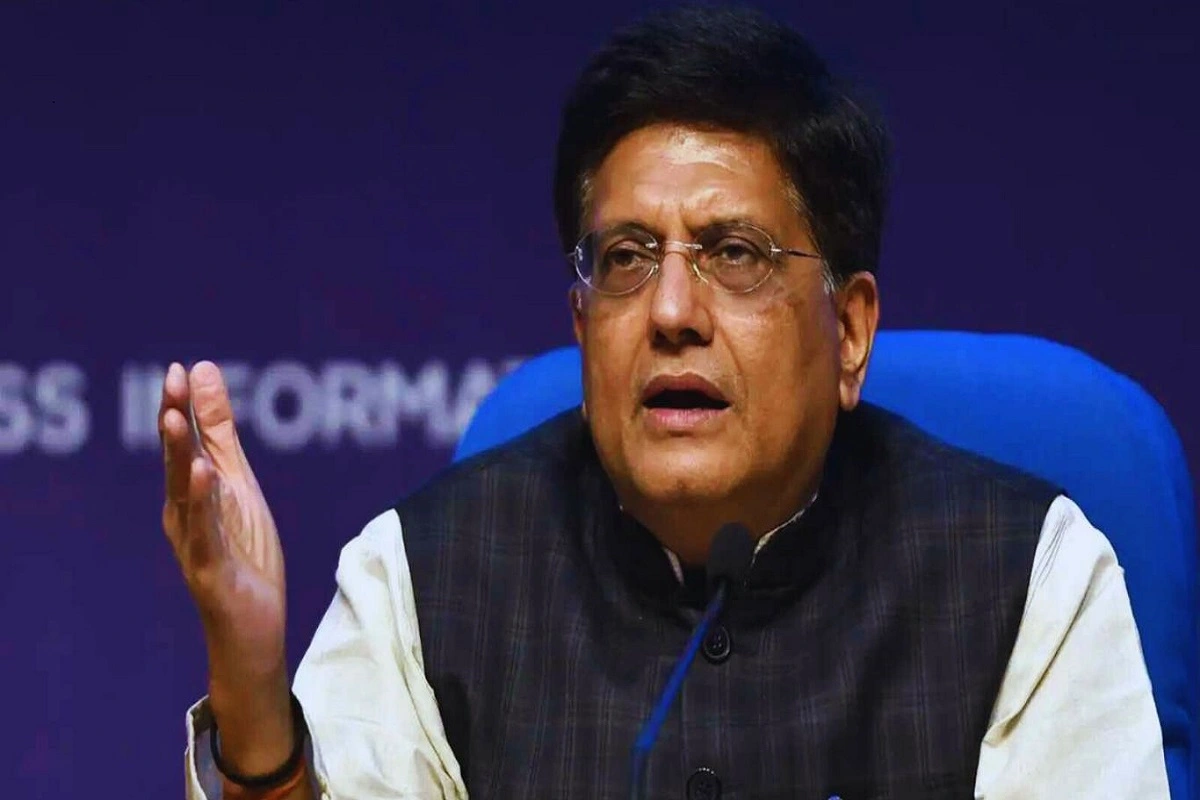
India-US Bilateral Trade Is At An All-Time High, Will Help India Meet Its $2 Trillion Export
Commerce and Industry Minister Piyush Goyal stated that the India-US alliance is at a “defining stage,” and that the two nations will seek to diversify and enhance trade and investment links for mutual progress and prosperity.
Speaking at the 31st Annual General Meeting, he stated that bilateral commerce between India and the United States has been at an all-time high in recent years and is expected to triple in the coming years.
Goyal also stated that with India’s growing eminence and reputation around the world, the country’s objective of US$2 trillion in exports by 2030 is attainable.
While noting that a decade is too lengthy a period to make a decision on the aim, Madhavi Arora, Lead – Economist, Emkay Global, stated, “In the last one and a half years, the government of India has been taking various initiatives to push exports.”
The provisions of India’s Foreign Trade Policy have been renegotiated, and the FTP 2023 has been restored. In addition, India is working in tandem to develop a framework that will support the manufacturing base.
We must work hard to increase foreign direct investment inflows into manufacturing, and manufacturing will be India’s next emphasis for FDI inflows.”
She highlighted that, while the government has launched numerous measures to promote exports, they are still in their early stages and have yet to yield results.
In April 2023,
Piyush Goyal launched the FTP 2023, with the four pillars of the new strategy being: encouragement to remission, export promotion through collaboration, ease of doing business, and developing regions.
“India’s total exports, including services and merchandise exports, have already exceeded US$ 750 billion and are expected to exceed US$ 760 billion this year,” he said.
According to a PHD Chamber survey, exporters have also appreciated the recent emphasis on trade promotion measures such as Remission of Duties and Taxes on Exported Products (RoDTEP), Trade Infrastructure for Export Scheme (TIES), and RoSCTL Scheme, which will help exports become more robust in the coming times.
According to Madan Sabnavis, Chief Economist at Bank of Baroda, while efforts like PLI are a good instrument for increasing output and exports, it cannot be driven solely by these programmes and subsidies.
He also stated that the manufacturing sector has to take greater initiative.
“The issue is that because Indian markets are large and quality isn’t always an issue, companies find comfort in looking at domestic markets.”
The SMEs that contribute significantly to exports are more concerned with being a member of value chains. As a result, I believe it will be a long time before we achieve these goals. “However, it is always a good idea to set high goals so that we can strive for the same,” he stated.
In terms of FDI equity inflows in the manufacturing sector, it has increased by 76 per cent in FY 2021-22 ($21.34 billion) compared to previous FY 2020-21 ($12.09 billion), according to Invest India.
However, it maintained that the top 5 sectors receiving highest FDI equity inflow during FY 2021-22 are Computer Software & Hardware (24.60%), Services Sector (Fin., Banking, Insurance, Non Fin/Business, Outsourcing, R&D, Courier, Tech.
Testing and Analysis, Other) (12.13%), Automobile Industry (11.89%), Trading 7.72% and Construction (Infrastructure) Activities (5.52%). India is, meanwhile, working towards attracting more inflows in the sector with initiatives like PLI scheme, etc.
The commerce minister said that the reform processes undertaken by the government in the last 9 years will turn India into a global manufacturing hub.
Also read: India’s OPEC Imports At All-Time Low As Russian Oil Offers Alternative
India-US bilateral trade relations
While India continues to work towards its target to become an export-oriented economy from a current account deficit economy, its increasing bilateral trade ties with the US have been helping in the pursuit.
According to the provisional data of the commerce ministry, the bilateral trade between India and the US has increased by 7.65 per cent to $128.55 billion in 2022-23 as against $119.5 billion in 2021-22.
“USA is our leading export partner with a share of almost 18 per cent which has however been coming down marginally. What we need to do is to establish Indian goods as a brand which will be acceptable in the global markets,” said Madan Sabnavis.
Piyush Goyal, during his address, also cited the examples of many Indian companies operating in the US and vice versa and highlighted how significantly they are contributing to each other’s economy.
He also encouraged companies from the US to establish their base in India and expand to newer frontiers like the markets of Africa and South-East Asia.
“India offers assured prosperity and growth to the US companies with the recent policy reforms undertaken with focus on the fundamental macroeconomic parameters, affordable labour costs, inclusive and sustainable development and increasing ease of doing business,” he said.
The commerce minister said that the businesses in both countries can work together to expand to the next level in many sectors like defence, manufacturing, pharmaceuticals, textiles, engineering products, auto components, electrical products, agricultural products, etc. on the merchandise side while IT, accounting, business processes outsourcing, research & development, tourism, etc. on the services side. While maintaining that many US corporations have Indian or Indian-origin CEOs, Goyal said that the technical and managerial talent offered by India to businesses around the world cements India’s relationship with the world.
To read more such news, download Bharat Express news apps







